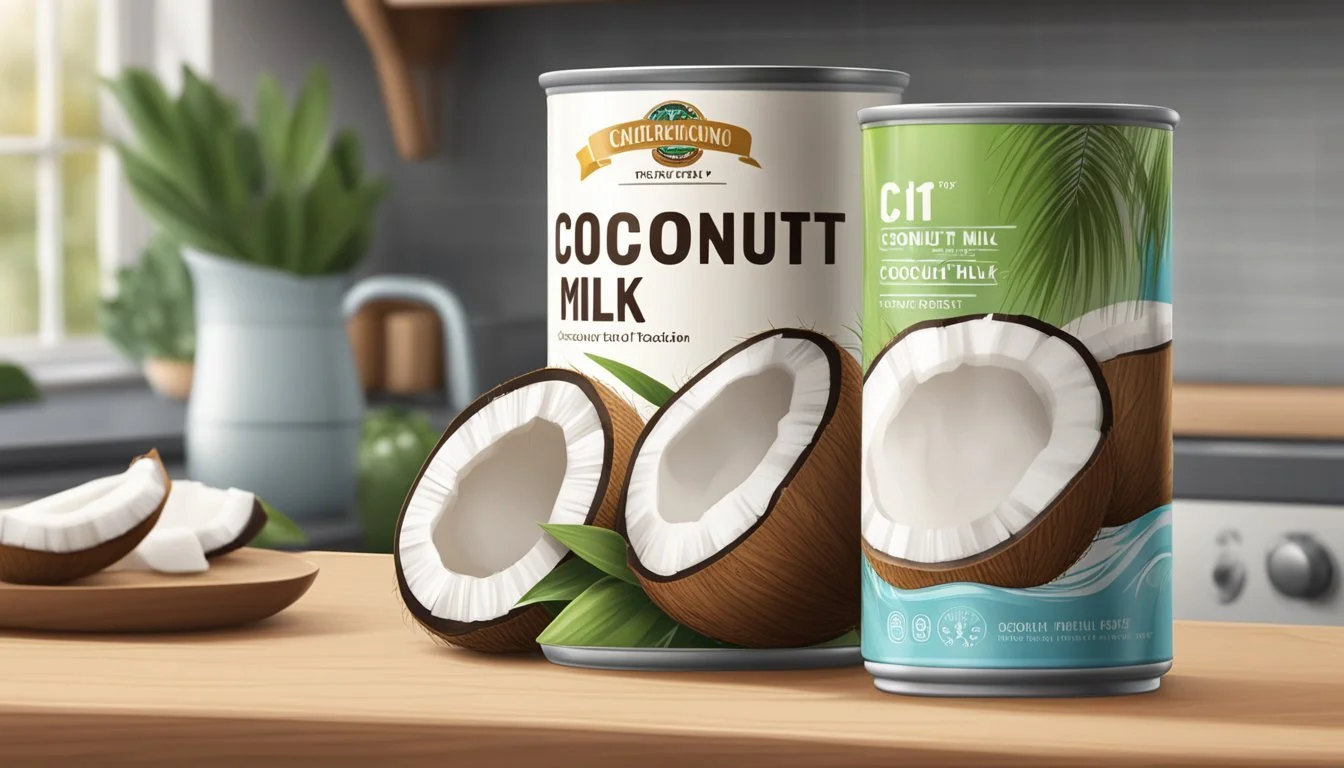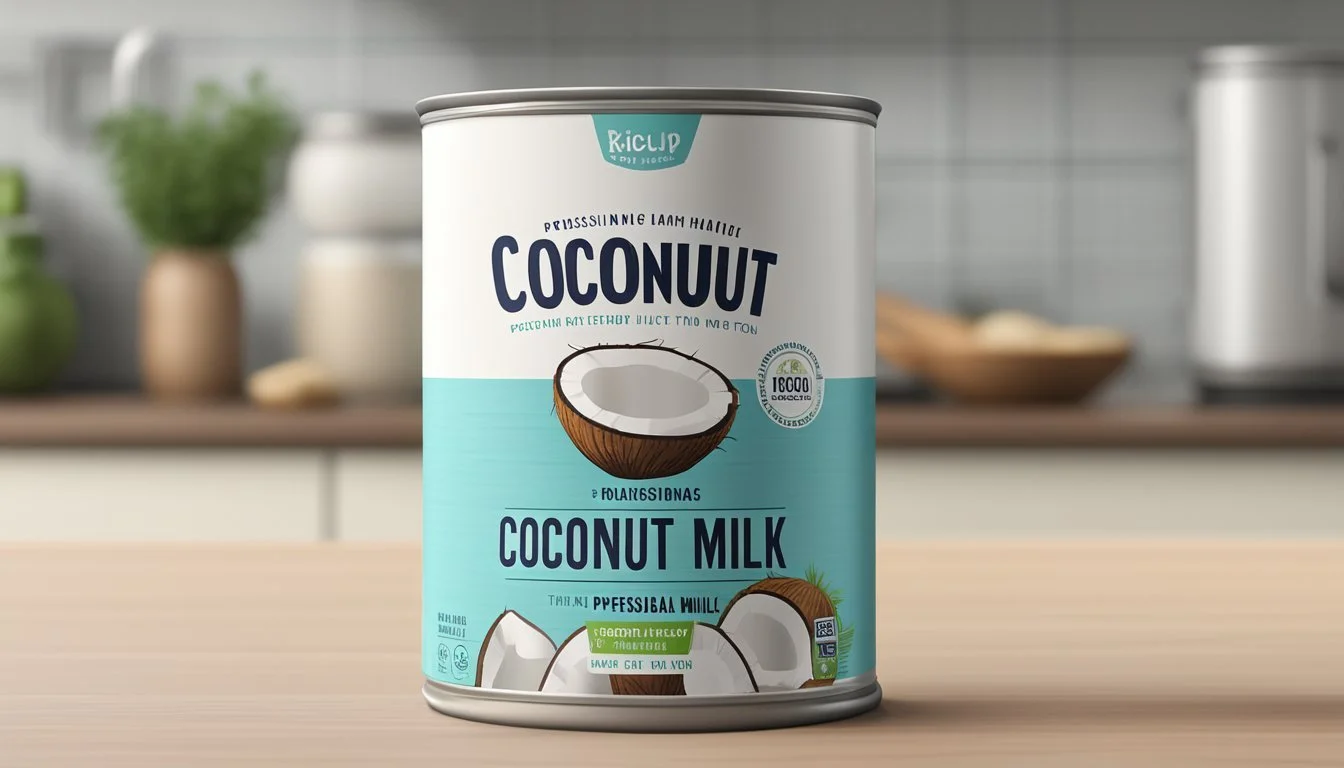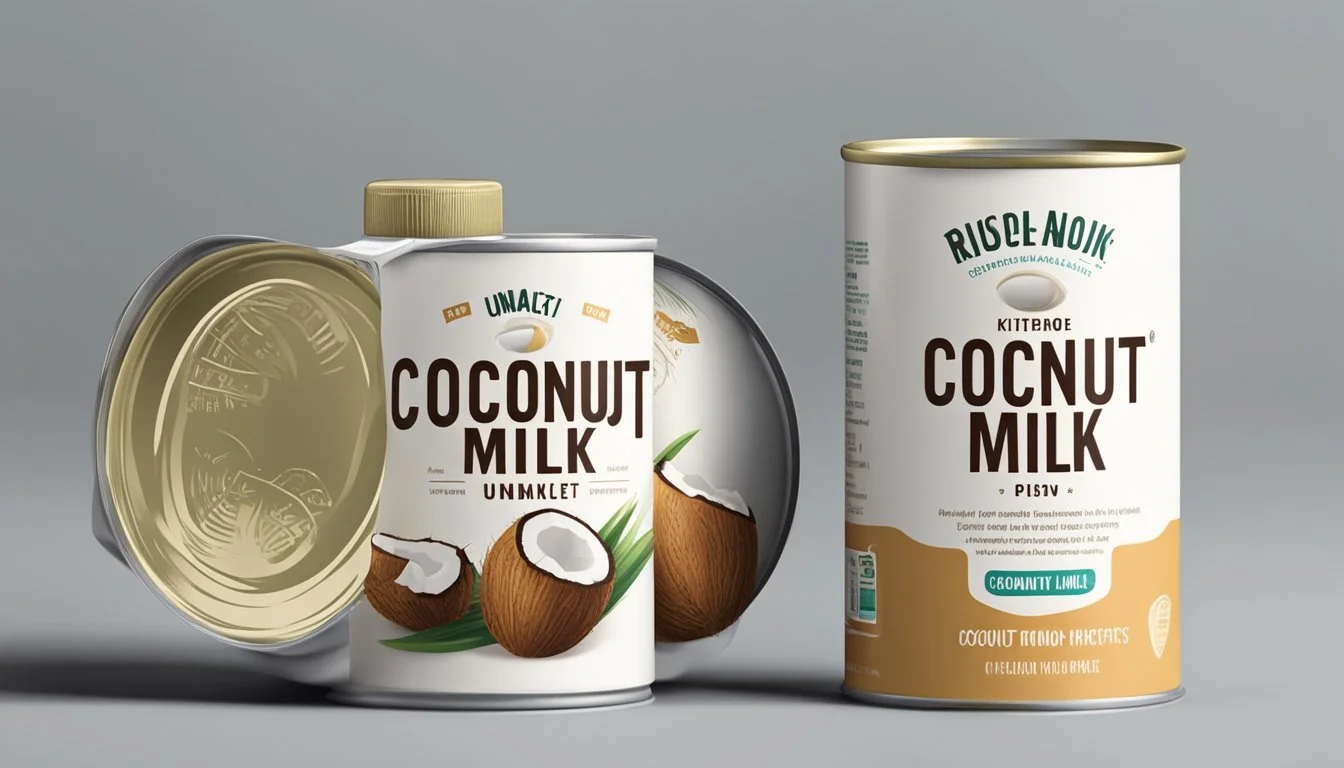How Many Ounces in a Can of Coconut Milk
Understanding Sizes and Measurements
When examining the contents of a can of coconut milk, consumers typically find that the most common size available in grocery stores and used in recipes is 13.5 ounces. Coconut milk is a staple ingredient in many culinary traditions around the world, especially in Southeast Asian cuisines. Its creamy texture and rich taste make it essential for dishes ranging from curries to desserts.
It's important to recognize that although 13.5 ounces is the standard, can sizes can vary. Some brands may package coconut milk in smaller or larger quantities. These can range from more compact options such as 5.5 ounces to larger containers holding 33.8 ounces. Therefore, it's always advisable to verify the weight on the label before use, ensuring recipe accuracy and desired outcomes.
In the culinary context, coconut milk's versatility is mirrored by the range of available can sizes, catering to different needs and preferences. Whether for a single serving or preparing food in larger batches, there is a can size suited for the purpose. This flexibility allows chefs and home cooks alike to use coconut milk efficiently, with minimal waste and maximum convenience.
Understanding Coconut Milk
Coconut milk is an integral ingredient in various cuisines, offering a creamy texture and sweet flavor. As a dairy-free, vegan-friendly option, it brings health benefits and a distinctive profile of fats, vitamins, and minerals to dishes.
Coconut Milk Basics
Coconut milk is produced by grating the white flesh of mature coconuts and mixing it with water. The result is a rich, creamy liquid that carries a sweet, nutty taste and is often used as a dairy substitute. Cans of coconut milk commonly hold 13.5 ounces, although some brands may offer 12-ounce sizes.
Types of Coconut Milk
There are several forms of coconut milk available, including:
Full-fat coconut milk: This type is thicker, making it suitable for desserts and sauces.
Lite coconut milk: Contains fewer calories and less fat.
Coconut cream: This is a thicker version with less water content.
Boxed coconut milk: Often found in cartons, it is more diluted and typically used as a drink or cereal milk substitute.
Health Benefits and Nutritional Profile
Coconut milk is revered for its health benefits. It's a good source of important vitamins and minerals, including iron, potassium, and healthy fats. A 1-cup serving of canned coconut milk contains approximately:
Nutrient Amount Calories 445 Protein 4.57 g Fat 48.21 g Saturated Fat 43.14 g Fiber 0 g
The saturated fat in coconut milk is high, which may be a consideration for those monitoring their saturated fat intake. However, it also contains medium-chain triglycerides (MCTs), which are believed to provide numerous health advantages. Despite its creamy texture, coconut milk has no fiber and only a small amount of protein.
Coconut Milk Measurements
Understanding coconut milk measurements is essential when cooking or baking, as it ensures precision and desired outcomes. Sizes of coconut milk cans vary, and using the right amount is critical for recipes.
Standard Can Sizes
The most prevalent size for a can of coconut milk is 13.5 ounces. However, brands differ, and so do the sizes they offer. For smaller or larger culinary needs, cans may come in sizes such as 5.5 ounces or 33.8 ounces.
Standard Size: 13.5 ounces
Small Size: 5.5 ounces
Large Size: 33.8 ounces
Measuring Coconut Milk in Recipes
When a recipe calls for coconut milk, it typically references the volume in ounces or cups. Since 8 ounces equals one cup, a 13.5-ounce can contain just under 1.7 cups of coconut milk.
In a chart format for quick reference:
Volume (ounces) Equivalent (cups) 4 0.5 8 1 13.5 ~1.7
When measuring out water or other liquid ingredients, adhering to these volume conversions ensures accuracy in the recipe's flavor and texture.
Culinary Uses of Coconut Milk
Coconut milk is a versatile ingredient known for imparting its creamy texture and subtle tropical flavor to a variety of dishes. Its richness and unique flavor profile make it a staple in both beverage concoctions and in the culinary landscape, serving as a delightful component in sweet and savory recipes alike.
Coconut Milk in Beverages
Beverages infused with coconut milk gain a smooth, rich consistency that can transform simple drinks into indulgent treats. In coffee, for instance, coconut milk offers a dairy-free alternative to traditional creamers, introducing a hint of tropical essence. It's also a popular choice in smoothies for its ability to thicken the mix while incorporating a velvety texture and a layer of flavor complexity.
Using in Savory Dishes
The thick consistency of coconut milk makes it a favored ingredient in savory dishes such as curries and soups. It serves as a base that contributes to the creamy texture synonymous with these dishes. Coconut milk can be found used extensively in Southeast Asian and South Asian cuisines, where it is used not only to balance spice levels in curries but also to enhance the savory quality of the dish.
Coconut Milk in Desserts
When it comes to desserts, coconut milk lends its rich consistency to a plethora of recipes. It is an integral component in making desserts thicker and more luscious without overwhelming the primary flavors. Its subtle sweetness and creamy texture are ideal for tropical-flavored desserts, where it pairs exceptionally well with ingredients like pineapple and mango.
The Versatility of Coconut Milk
Coconut milk has secured its place in kitchens worldwide not only for its tropical flavor but also for its flexibility across various culinary applications. Below, three particular dimensions of its versatility are unpacked to demonstrate coconut milk's integral role in different dietary frameworks and cooking practices.
Substitutes and Alternatives
Coconut milk can act as a magnificent substitute for dairy milk, offering a solution for those with lactose intolerance or a preference for plant-based alternatives. Its rich, creamy texture makes it a favorite in curries, soups, and sauces where one may traditionally expect to use cream. In beverages, coconut milk adds a frothy, smooth consistency that can mirror that of whole-fat dairy milk.
Incorporating Coconut Milk in Vegan Diets
For vegans looking for nutritious and palatable alternatives to animal-derived products, coconut milk offers a bounty of possibilities. Its high-fat content makes it a fulfilling replacement that can transform a recipe by introducing subtle sweetness and lush texture. It works well paired with both fresh and frozen ingredients in vegan dishes ranging from savory stews to smoothies.
Dairy-Free Baking with Coconut Milk
A staple in dairy-free baking, coconut milk's moisture and fat content allow for soft, moist baked goods without the use of dairy. It can serve as a one-to-one substitute for dairy milk in many recipes, providing cakes, cookies, and bread with a delicate crumb and rich flavor. This makes it an excellent choice for individuals seeking to bake without lactose or dairy.
Preparing and Storing Coconut Milk
Coconut milk serves as both a rich, creamy texture in cooking and a dairy-free alternative for many recipes. Proper preparation and storage are key to maintaining its quality and flavor, whether using homemade or canned versions.
Homemade vs. Canned Coconut Milk
Homemade coconut milk is made by blending shredded coconut with hot water, then straining it to create a smooth liquid. This process can tailor the fat content to achieve a creamier texture as desired. In contrast, canned coconut milk, produced by various brands, is readily available in most markets, offering convenience and consistency for cooking and baking.
Homemade Coconut Milk Preparation:
Combine hot water and shredded coconut.
Blend until smooth.
Strain through cheesecloth to separate solids.
Canned Coconut Milk:
Standard size: 12 to 15 ounces per can.
Brands differ in added ingredients and consistency.
Preservation and Storage Tips
To preserve both homemade and canned coconut milk, use an airtight container. If refrigerated, it should be consumed within a few days. To extend storage life, freezing is an option, ensuring the container has room for expansion.
Refrigeration:
Temperature: Keep below 40°F (4°C).
Homemade: Consume within 4-6 days.
Canned (opened): Use within 5-10 days.
Freezing Tips:
Leave space in the container for expansion.
Label with date before freezing.
Thaw in the refrigerator before use.
Signs of Spoilage
Coconut milk can spoil if not stored correctly. When checking both homemade and canned coconut milk, be aware of:
Odor: Sour or off smells indicate spoilage.
Texture: Separation or clumps suggest decay.
Taste: Any sour or unpleasant flavor is a clear sign to discard.
Visual Inspection:
Homemade: Look for mold or discoloration.
Canned: Inspect the milk's surface in good light.
Avoid using spoiled coconut milk as it can negatively affect both the safety and quality of the dishes prepared. Always label containers with opening or preparation dates to track freshness.
Special Considerations
When considering coconut milk for personal or culinary use, individuals should be aware of potential allergies and dietary restrictions that may influence their consumption choices.
Allergic Reactions and Intolerances
Coconut milk is a well-known alternative to dairy products, offering a lactose-free option for those with lactose intolerance. However, it is important to note that coconuts are classified as tree nuts by the Food and Drug Administration (FDA), which can be a common allergen. Individuals with a tree nut allergy may experience allergic reactions, which could be as severe as anaphylaxis. Consumers should always check with their healthcare provider if there is any uncertainty regarding nut allergies.
Coconut Milk and Dietary Restrictions
Coconut milk is inherently gluten-free, making it a safe choice for those with gluten sensitivities or celiac disease. It also fits within a vegan diet, as it is a plant-based ingredient. For individuals following certain dietary restrictions for medical, ethical, or personal reasons, coconut milk can be an adaptable ingredient. Its compatibility with various dietary needs allows for its inclusion in diverse culinary applications from different cultures and dietary frameworks.
Additional Information
This section provides insights into the use of coconut milk within various regional cuisines and offers practical tips for locating and storing this versatile ingredient.
Exploring Regional Cuisines
Southeast Asian cuisines often feature coconut milk as a fundamental ingredient. In Thai dishes, for example, it's paired with lemongrass and galangal to create rich curries. Caribbean cuisines also incorporate coconut milk, especially in rice dishes where it adds creaminess and distinct flavor.
Finding Coconut Milk in Stores
Shoppers can find coconut milk in most grocery stores, typically located in the international foods aisle. Options range from canned to carton-packed varieties including organic and unsweetened versions. Some stores may offer light coconut milk, which has a reduced fat content. It is sometimes confused with coconut water, but they are distinct products; coconut water is the clear liquid from inside young coconuts, while coconut milk is a processed product made from the flesh.
Regarding storage, canned coconut milk should be kept in a cool, dry place and once opened, it can be transferred to the refrigerator or freezer to extend its shelf life. The expiration date on the packaging should be noted to ensure freshness.








